Griffith University researchers: Some fish levels recovering but variation exists
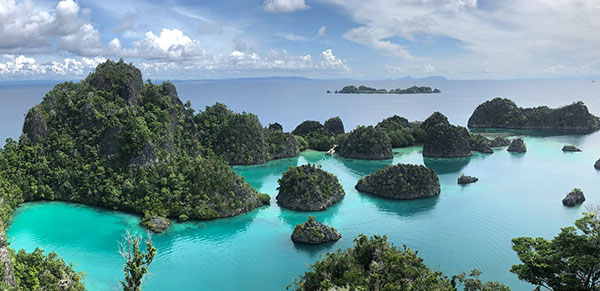
A new study led by Griffith University has developed a model to predict the success of Marine Protected Areas (MPAs) based on historical fishing pressure and environmental conditions like wave exposure and distance to coastal habitats.
The study, published in Marine Policy, modelled the biomass of fish at 57 sites inside MPAs in Raja Ampat, Indonesia, and used the model to predict the recovery of marine protection zones. Part of one of the largest MPA networks in the tropics, it’s located at the epicentre of the coral triangle: An area in the western Pacific Ocean that includes Indonesia, Malaysia, the Philippines, Papua New Guinea, Timor Leste and Solomon Islands.
“Named for its staggering number of corals (nearly 600 different species of reef-building corals alone), the Coral Triangle supports over 120 million people who rely on its coral reefs for food, income and protection from storms,” said Dr. Laura Griffiths, the study’s co-author and a Ph.D. graduate from the Australian Rivers Institute.
With the biodiversity of the reef under pressure from various types of fishing, MPAs can be an important management tool to protect biodiversity and ensure the sustainability of fisheries, especially in Indonesia with limited fisheries management. However, the study suggests that not all protection areas are created equal: Its location, environmental conditions and how degraded the area was prior to the creation of the MPA all influence its potential success.
“At the creation of marine protection areas, the level of fishing within an area before it became an MPA is often not considered when setting objectives for the protection zone,” said Griffith. “The method we developed using spatial modelling of fish biomass takes into account the level of fishing pressure prior to MPA establishment, to get a clearer understanding of exactly how MPAs are reaching conservation goals.
According to the research team, fish were improving inside some MPAs, but “a lot of variation” existed. The study showed that more fish were found inside no-take zones in areas closer to coastal habitats and patrol posts, in areas with greater waves and in areas further from populated villages.
However, some MPAs in remote with very little fishing pressure already had large numbers of fish before they were established, so goals of increased fish biomass for such areas are “unrealistic.” Overall, findings suggest that, in southern Raja Ampat, fish levels are recovering well and meeting the MPAs goals, but there are key areas where fish are not recovering, contrary to expectations.
“These areas should be the focus of more research and warrant further investigation of management; for example, assessing poaching as a potential cause of poor recovery trends,” said Dr. Griffiths. “Crucially, our research highlights the importance of linking historical and current fishing pressure with environmental conditions to understand how fish recover inside MPAs over time.”
Follow the Advocate on Twitter @GSA_Advocate
Now that you've reached the end of the article ...
… please consider supporting GSA’s mission to advance responsible seafood practices through education, advocacy and third-party assurances. The Advocate aims to document the evolution of responsible seafood practices and share the expansive knowledge of our vast network of contributors.
By becoming a Global Seafood Alliance member, you’re ensuring that all of the pre-competitive work we do through member benefits, resources and events can continue. Individual membership costs just $50 a year.
Not a GSA member? Join us.
Author
Related Posts
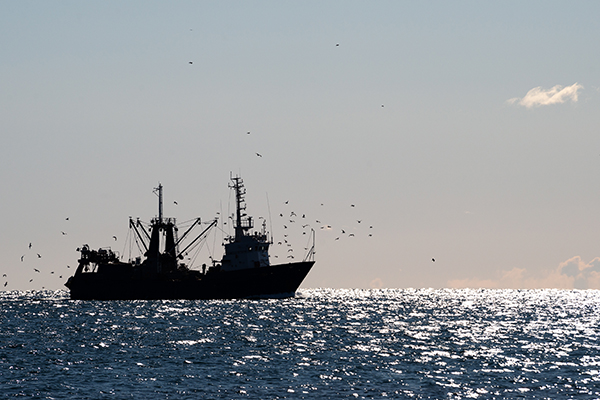
Responsibility
Study pinpoints Pacific Ocean priority areas to consider for marine conservation
New research has pinpointed four high-traffic areas in the Pacific Ocean that should be considered "high priority" for marine conservation.
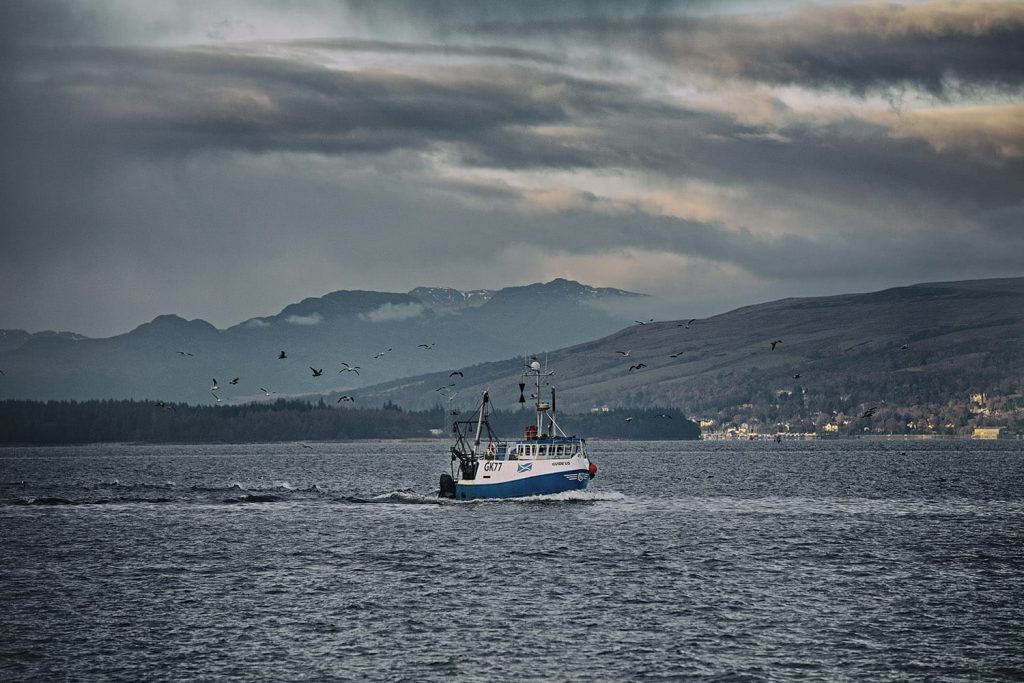
Fisheries
Bottom trawling linked to high greenhouse gas emissions in MPA-supporting study
A study touts marine protected areas and bottom trawling bans, but its methods and conclusions are questioned by fellow researchers and fishers.
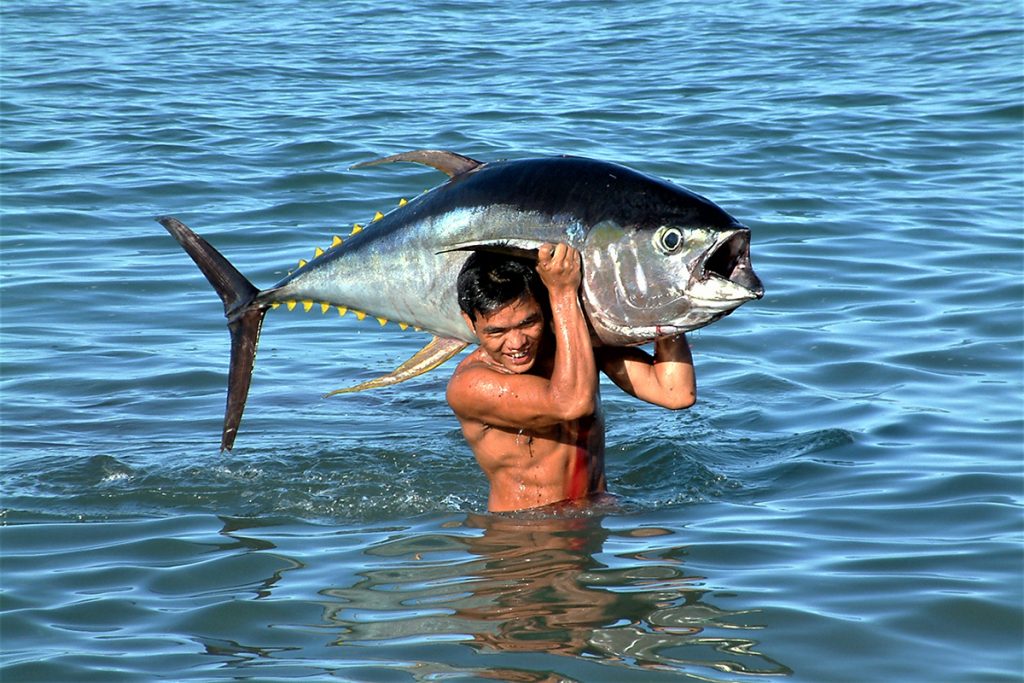
Responsibility
Protection and conservation of seafood security, marine biodiversity and threatened species
Study argues for the protection of 30 percent of the world’s oceans by 2030 to conserve biodiversity, avoid extinctions and maintain food security.
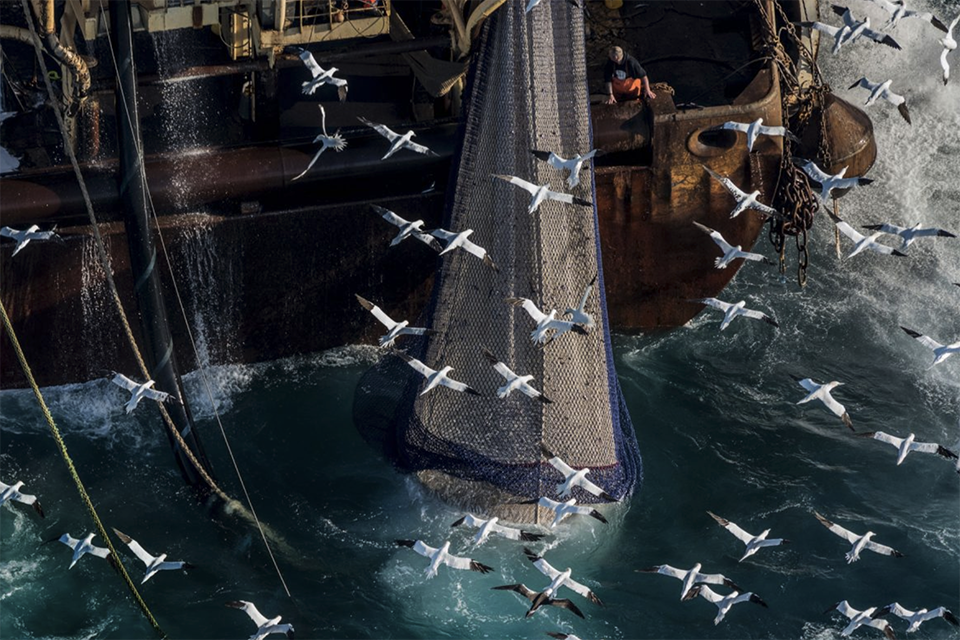
Fisheries
Newly established Global Fishing Index says nearly half of global fish stocks overfished – but is it right?
The decline in fish populations is "far worse" than previously estimated, according to the Global Fishing Index, a new assessment of fish stocks. One noted expert, however, disagrees.



